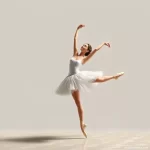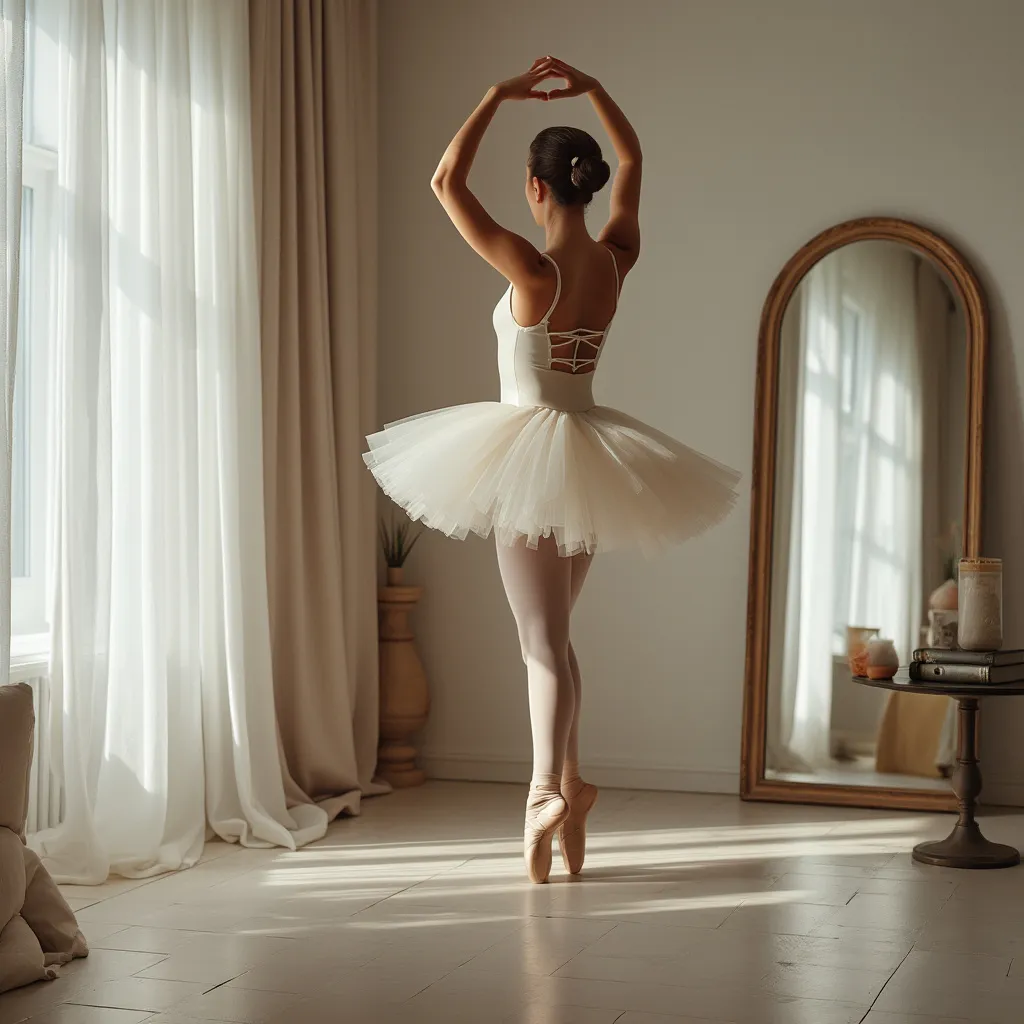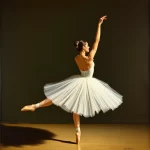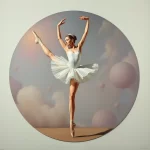Common Ballet Terms Every Dancer Should Know

Introduction
Ballet is a beautiful and intricate art form that has captivated audiences for centuries. It is a dance discipline that requires precision, grace, and a deep understanding of its unique terminology. Whether you are a beginner or an experienced dancer, knowing the common ballet terms is essential for effective communication and mastery of the craft. This article will provide a comprehensive guide to the most important ballet terms every dancer should know, helping you to navigate the world of ballet with confidence and ease.
Basic Ballet Positions
First Position
In the first position, the heels are together, and the toes are turned out to form a straight line. This position is fundamental in ballet and serves as the starting point for many movements.
Second Position
Second position involves placing the feet apart, with the heels aligned and the toes turned out. The distance between the feet should be about one foot’s length.
Third Position
In third position, one foot is placed in front of the other, with the heel of the front foot touching the arch of the back foot. Both feet are turned out.
Fourth Position
Fourth position is similar to third position, but the feet are separated by one foot’s length. The front foot’s heel should align with the back foot’s toes.
Fifth Position
Fifth position is the most challenging of the basic positions. The feet are turned out and placed close together, with the heel of the front foot touching the toe of the back foot.
Common Ballet Movements
Plié
A plié is a bending of the knees while keeping the heels on the floor. It can be performed in any of the five positions and is essential for building strength and flexibility.
Relevé
Relevé involves rising onto the balls of the feet or toes from a flat-footed position. It helps improve balance and is often used in combination with other movements.
Tendu
A tendu is a movement where one leg is extended straight out from the supporting leg, with the foot pointed. It can be performed to the front, side, or back.
Jeté
A jeté is a leap from one foot to the other, often performed with a split in the air. It requires strength and coordination.
Arabesque
In an arabesque, one leg is extended straight behind the body while the supporting leg remains straight. The arms are usually extended to create a graceful line.
Pirouette
A pirouette is a turn on one leg, often performed with the other leg in passé (bent at the knee with the foot touching the supporting leg). It requires balance and control.
Advanced Ballet Terms
Adagio
Adagio refers to slow, controlled movements that require strength and balance. It is often used in ballet to showcase a dancer’s grace and fluidity.
Allegro
Allegro involves fast, lively movements, including jumps and turns. It contrasts with adagio and showcases a dancer’s agility and speed.
Assemblé
An assemblé is a jump where the dancer’s feet or legs are brought together in the air before landing. It can be performed in various directions.
Fouetté
A fouetté is a whipping turn where the dancer’s working leg is whipped around to create momentum for multiple turns. It is often performed in a series.
Grand Jeté
A grand jeté is a large leap where the dancer jumps from one foot to the other, creating a split in the air. It requires strength and flexibility.
Common Ballet Terms for Practice and Performance
Barre
The barre is a horizontal handrail used by dancers for support during warm-up exercises. It helps improve balance and technique.
Center
Center refers to the part of the ballet class where dancers move away from the barre and perform exercises in the center of the room. It focuses on balance and coordination.
Choreography
Choreography is the art of creating and arranging dance movements to form a complete performance. It involves creativity and an understanding of musicality.
En Pointe
En pointe refers to dancing on the tips of the toes using specially designed pointe shoes. It requires strength and technique and is often performed by advanced dancers.
Pas de Deux
A pas de deux is a dance duet performed by two dancers, typically a male and a female. It showcases their partnership and coordination.
FAQ
What is the difference between a plié and a relevé?
A plié involves bending the knees while keeping the heels on the floor, whereas a relevé involves rising onto the balls of the feet or toes from a flat-footed position. Both movements are fundamental in ballet and help build strength and flexibility.
How do I improve my pirouettes?
Improving pirouettes requires practice, balance, and control. Focus on maintaining a strong core, spotting your head, and using your arms effectively. Practicing at the barre can also help improve your technique.
What are the benefits of practicing ballet at the barre?
Practicing at the barre helps improve balance, strength, and technique. It provides support for beginners and allows advanced dancers to focus on refining their movements. Barre exercises are essential for building a strong foundation in ballet.
What should I wear to a ballet class?
Typical ballet attire includes a leotard, tights, and ballet slippers. Hair should be neatly secured in a bun. For advanced classes, pointe shoes may be required. Always check with your instructor for specific dress code requirements.
How long does it take to become proficient in ballet?
Becoming proficient in ballet varies for each individual and depends on factors such as age, natural ability, and frequency of practice. Consistent training over several years is typically required to achieve a high level of proficiency.
Conclusion
Ballet is a demanding yet rewarding art form that requires dedication, practice, and a deep understanding of its terminology. By familiarizing yourself with the common ballet terms outlined in this article, you will be better equipped to navigate the world of ballet and enhance your skills as a dancer. Whether you are just starting or looking to refine your technique, these terms will serve as a valuable resource on your ballet journey.



